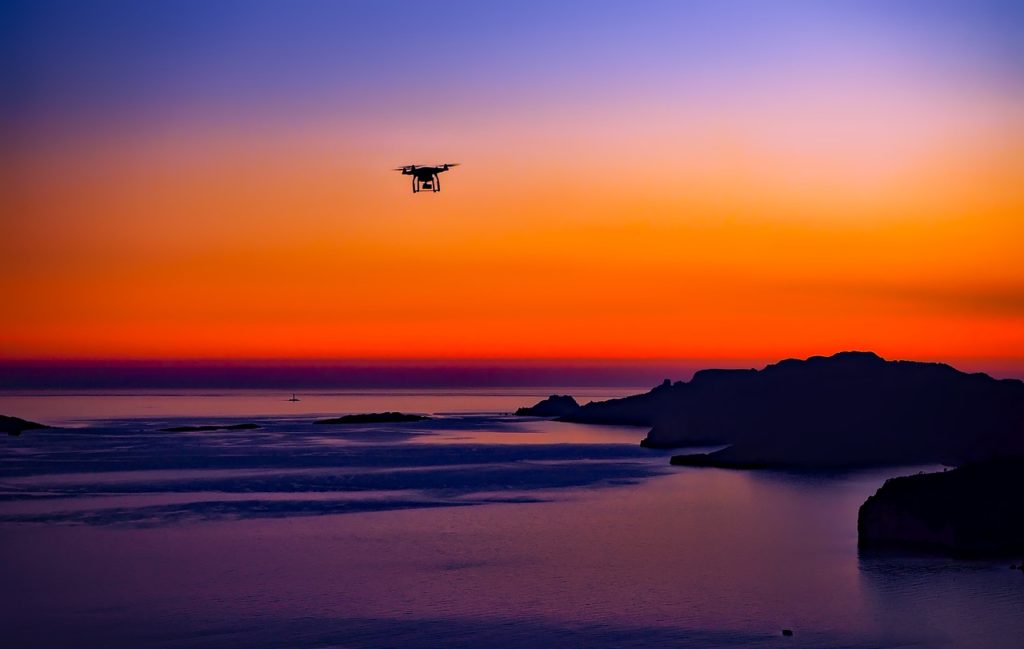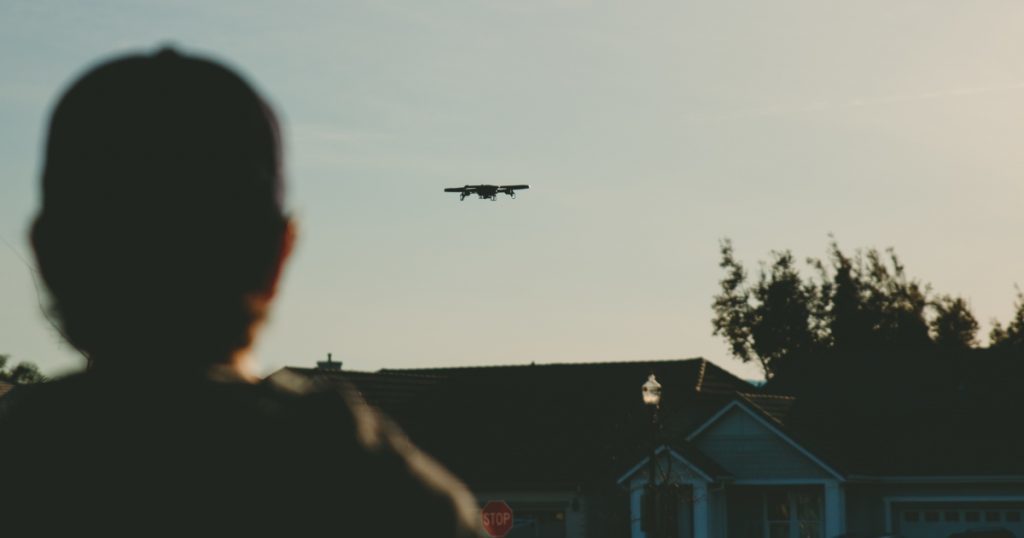
- Products
- Solutions
- Learn
- Partner
- Try Now

The ability to fly beyond visual Line of sight represents the next significant opportunity for commercial drone operators. Most lucrative possibilities for introducing drones into real-world are based on gathering data over large swaths of land such as railroads, utility lines and farms that require autonomy.
Beyond visual line of sight makes the flight a tipping point in commercial-drone industry expansion. Enabling service providers to conduct complex drone operations like long-line transmission inspection without having the drone in sight.
This makes these tools much more viable to replace helicopters or other traditional methods. Most commercial drone applications would benefit from BVLOS to work more efficiently and cost-effectively.
In just a few years, drones have emerged as a transformative force for business intelligence and operations. These small unmanned aircraft have allowed us to see farther and gather more information that until now was too expensive, risky and impractical to get.
Key benefits beyond visual line of sight offers are:
Efficiency in operations
Each deployment, landing and ground travel in between takes up plenty of time. Beyond visual line of sight allows drones to collect more data in fewer deployments. Since drones provide a low-cost solution, organizations can perform regular inspections. This has the potential to reduce shutdowns and improve operational efficiency.
Safety assurance
Beyond visual line of sight offers many safety and economic benefits to a wide range of industries. Ranging from aerial inspections and photography to emergency deliveries and monitoring rescue missions. They can operate in precarious conditions including that are cold, hot, toxic, confined, smoky and other harsh circumstances in which humans have to work. Overall drones provide a safe, efficient and less costly alternative to organizations.
Time and costs saving operations
Beyond visual line of sight can reduce the costs of equipment required as well as the risk associated with building and structure inspections. Carrying out such services using traditional methods is usually expensive.
Beyond visual line of sight makes drones quicker with fewer people required to carry out an inspection or monitoring service, hence saving time and money. Equipping the drones with a thermal imaging camera and other detection sensors. Enables them to perform multiple tests, hence reduces the time and cost for carrying them out individually.
Beyond visual line of sight

In the past five years, the drone industry has seen impressive growth around the globe. Both the public and private sectors have leveraged unmanned aerial vehicles (UAV) in countless ways. Many private organizations have already opened doors to future drone usage.
In Rwanda, thanks to Zipline, more than 50% of blood delivery is performed by drones.
The NASA, the National Oceanic and Atmospheric Administration (NOAA) are looking at how they can track storms and hurricanes with drones. This exponential growth is testing the limits of traditional air traffic management systems to safely integrate drones into the airspace. The challenges of safe integration only multiply as drones perform complex operations, beyond visual line-of-sight or flying over people.
To ensure safe drone operations. Drone operators and airspace controllers will also need to implement new methodologies. To evaluate and mitigate potential risks on the ground and the sky to operate complex missions.
FAA regulations and certifications
The most pressing challenge facing the drone industries are regulations. The FAA estimates the overall commercial drone market could top 600,000 by the start of 2020 or about 3x countries general fleet at present.
FAA has waived the need of Airworthiness Certificates for low-risk category aircraft. This has allowed commercial drones to enter the National Airspace System (NAS) without needing to pass rigorous airworthiness criteria.
Beyond the airworthiness certificate, UAV manufacturers need a type of certificate which approves the design of the drone according to the safety standards. The airworthiness certificate in parallel shows that the individual drone fits the standard design.
End conclusion
Beyond visual line of sight, flight unlocks the next generation of surveying applications. By enabling workers to operate drone-based sensors remotely and gather data over large areas without in close range of the drone. This will offer an easier and cheaper alternative to future applications of drones.
Drones are affecting our lives in every possible way and being a team of enthusiast in Jungleworks we are working on making drone delivery a present daydream.
Contact us to know more –
https://jungleworks.com/tida/
If you enjoyed reading this, we’re sure you will also love checking out what we have in store on our Youtube channel. You can also head to our home page for more info!
Subscribe to stay ahead with the latest updates and entrepreneurial insights!

Subscribe to our newsletter
Get access to the latest industry & product insights.





















